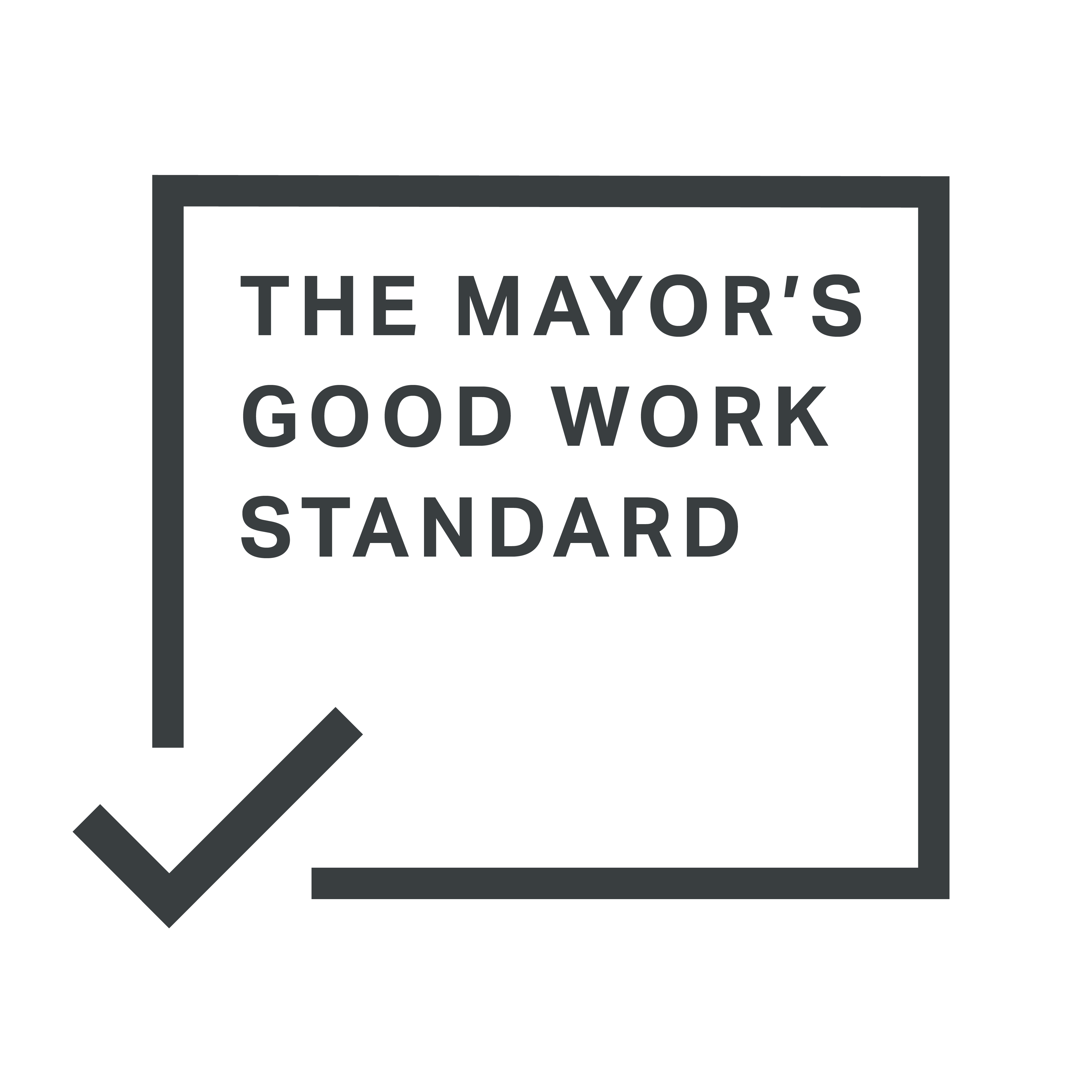First steps when making a complaint
Make clear notes of everything you want to complain about before you contact your operator. Try to include:
- date and time
- location – such as arrival and departure station, bus stop, platform number
- numbers and routes: For buses, record the route number, destination and if possible its registration number. For trains, record the starting point of your journey, destination and the name of the train company. For taxis or minicabs the plate number (the five-digit number on the rear of the vehicle and inside the passenger compartment)
- names or details of the staff or people involved. If you are complaining about a driver, it helps if you can give a clear description of them
- any other relevant details.
Put in your complaint quickly
CCTV footage from buses is often kept for 36 hours or so before being re-used. If you are requesting a ticket refund or delay repay compensation, most operators will only process claims made within 28 days of purchase.
Put it in writing
It is important that we review all correspondence between yourself and the operator, so it is always best to make your complaint in writing.
Often complaints can be made via a complaints form on the transport provider’s website. You may also send a letter, but a web form is best as you should be able to get a faster response.
Say exactly what the problem is and what you would like the operator to do about it. It is best to keep your complaint short and to the point. Send copies of any supporting documents such as tickets. Video or photographic evidence can be useful if available. Always send documents attached to emails. If a company has a webform but no facility to attach supporting documents, make the complaint and clearly state that supporting documents are available on request.
If you have to send a complaint by post, send copies of supporting documents unless an original is required, in which case ensure that you keep a copy. Any complaint sent by post should either be by recorded delivery or have proof of postage. Type any letter if possible or write very clearly using black ink.
Keep a copy of all correspondence, as well as any reference numbers. TfL does not provide you with a copy of your complaint so take screenshots and keep a record of the date the complaint was submitted.
Where to send your complaint?
Many transport services in the capital are provided by or for Transport for London, but some (such as national rail services calling at stations in our area) are provided by other operators. Find out where to send your complaint.
Transport for London is particularly keen to encourage members of the public to report instances of anti-social behaviour on buses. If you have a complaint about this, you can find out more in the dedicated section on TfL’s website.
What happens next?
In most cases you will receive an acknowledgement email with a reference number from the operator.
The time it takes for the transport provider to respond to your complaint varies depending on the provider and the nature of the complaint. However, operators often have a code of practice which sets out a time by which they will aim to respond to your complaint.



